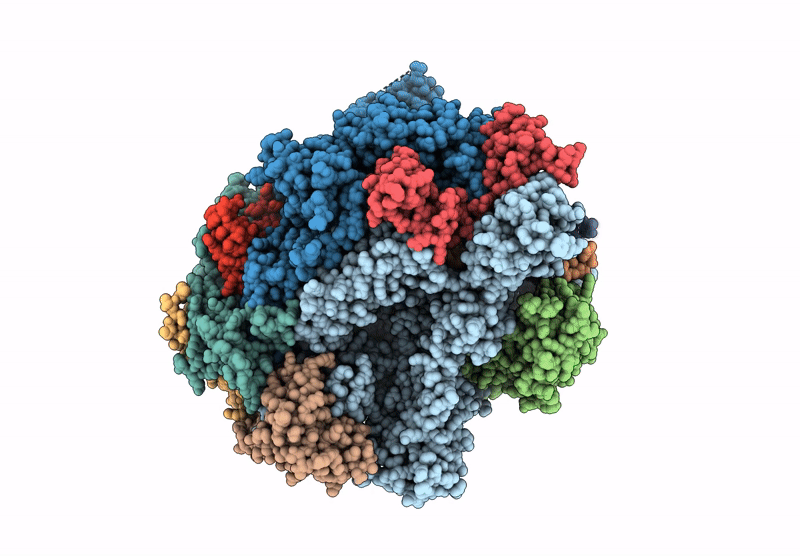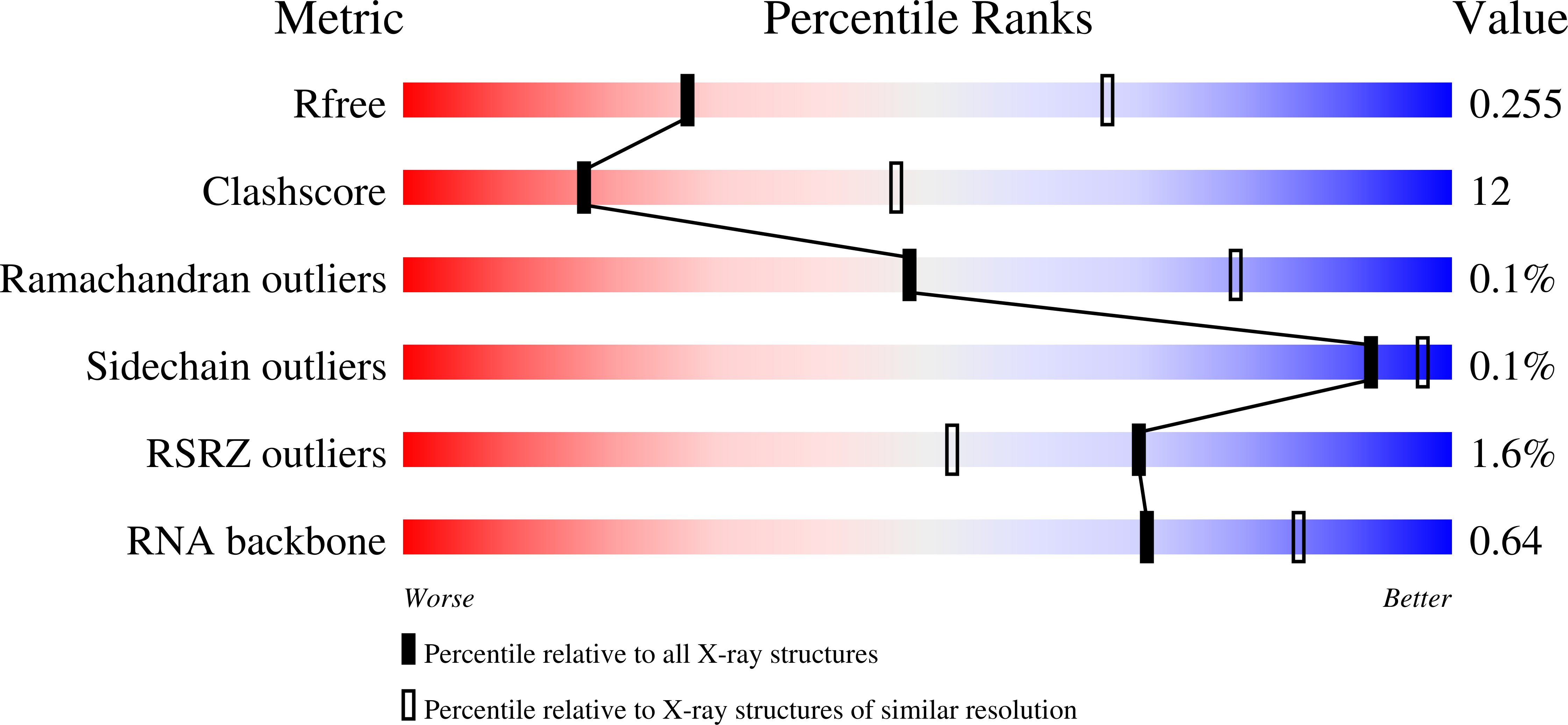
Deposition Date
2025-02-04
Release Date
2025-08-13
Last Version Date
2025-08-13
Entry Detail
PDB ID:
9N5B
Keywords:
Title:
RNA polymerase II elongation complex containing 8-oxoG at +1 site, apo form
Biological Source:
Source Organism:
Saccharomyces cerevisiae S288C (Taxon ID: 559292)
synthetic construct (Taxon ID: 32630)
synthetic construct (Taxon ID: 32630)
Host Organism:
Method Details:
Experimental Method:
Resolution:
3.10 Å
R-Value Free:
0.25
R-Value Work:
0.21
R-Value Observed:
0.21
Space Group:
C 1 2 1


